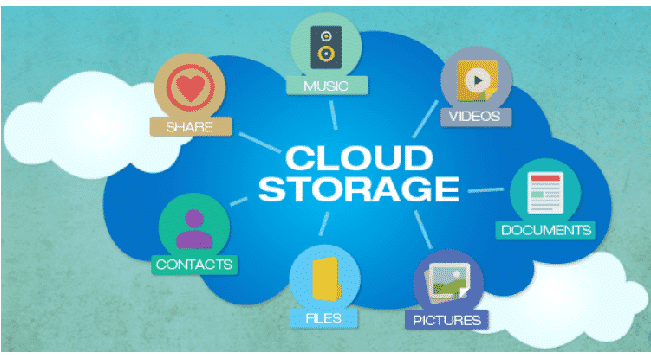The paradigm of computer data storage known as “cloud storage” ensures the safety and long-term storage of digital information. The infrastructure is often owned and maintained by a web hosting business, and the actual storage is spread over numerous servers. The reason for the seemingly infinite growth of storage is the ongoing expansion of data storage, which forces storage rates to increase as well in order to keep up.
In today’s world, there is a tendency to accumulate a large number of digital files, whether these are organizational documents, private information, scientific data, or other types. Some of the most well-known and popular services include Dropbox, MediaMax, Google Docs, and B2 Cloud-Storage.
Understanding the cloud is crucial because you’ll learn more about it and be able to use all of its features, providing you access to technology that our predecessors never had. In order to comprehend cloud storage deeper, then you can observe below the three different sections:
- Object Storage
Large amounts of unstructured data can be stored in object storage. Each piece of data is identified as an object, stored in a separate location, and combined with metadata and a special identifier to make it simple to access and retrieve. The information on this cloud is organized into hyperlinks that are related to the metadata in a way that makes it simple for users to access and view the information.
A few of the features of this technology are static data backups, undo function, and archiving, which are eventually beneficial when assessing paperwork, documentation, recordings, and any other types of files. This makes it a crucial component since it enables users to make the most of vital information, avoiding file loss and the effort of trying to locate it, which benefits everyone for a variety of purposes.
- File Storage
File storage, also known as file-level or file-based storage, is a dataset containing storing techniques used to store data on a network-attached storage (NAS) device or on a computer hard drive. It’s the direct and network-attached storage system’s oldest and most used data storage system.
If you’ve ever wondered when you might utilize anything like this, the answer is whenever you browse files on your computer that include documents, then you’ve undoubtedly been using it for years. Thus, it is undoubtedly beneficial in any circumstance to maintain your favorite game files and movie downloads that give off desired entertainment. - Block Storage
The technology used to retain database files on cloud-based storage systems is known as block storage, sometimes known as block-level storage. In block storage, data is stored in blocks, whereas in file storage, data is stored as files in a single piece. Users prefer block storage for computing scenarios that call for quick, dependable, and efficient data transfer, ensuring that it will work well.
Block storage is perfect for mission-critical, high-performance applications that demand dependable quality and low latency. A block is not a finished file, so integration is not a possession of the block, but you can incorporate data in different folders in file storage, which is how block storage differs from the other types. Thus, it is wonderful because it will aid you in every situation with the services it offers.
Conclusion
In conclusion, cloud storage is genuinely advantageous for us, not just as individuals but also for corporations and many others. The content is stored on a network of host computers that transfer data over the internet. It will enable us to access protected data from any location at any time. It also has services that let customers access documents and software stored in the cloud from any location, removing the requirement for proximity. Technology enables papers, documents, and essential files to be accessible online, providing benefits for everyone in terms of personal and professional reasons.

